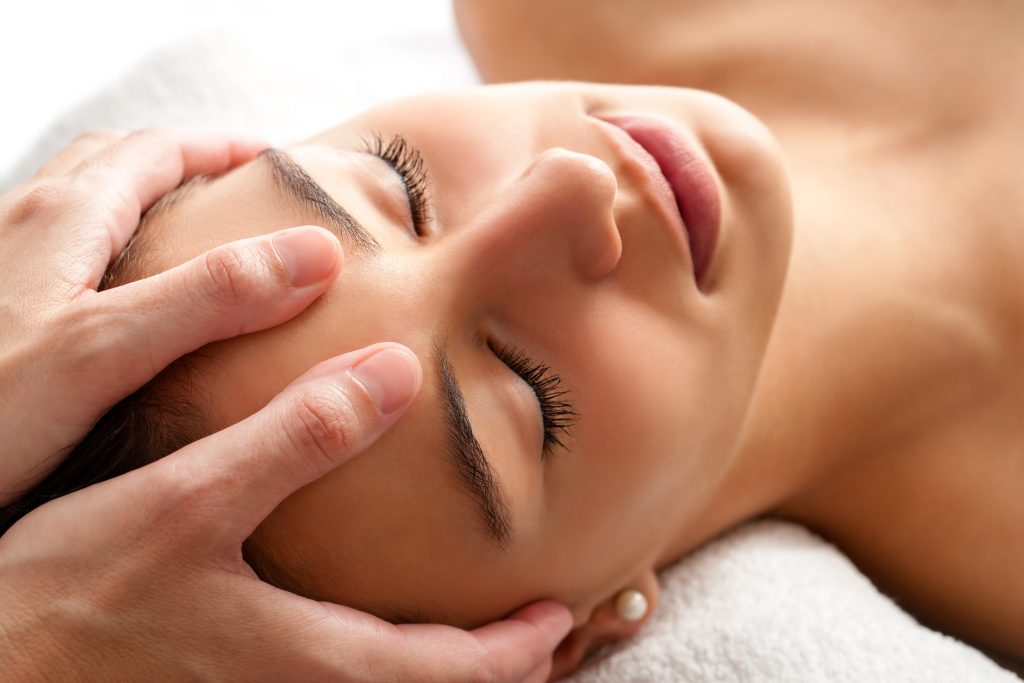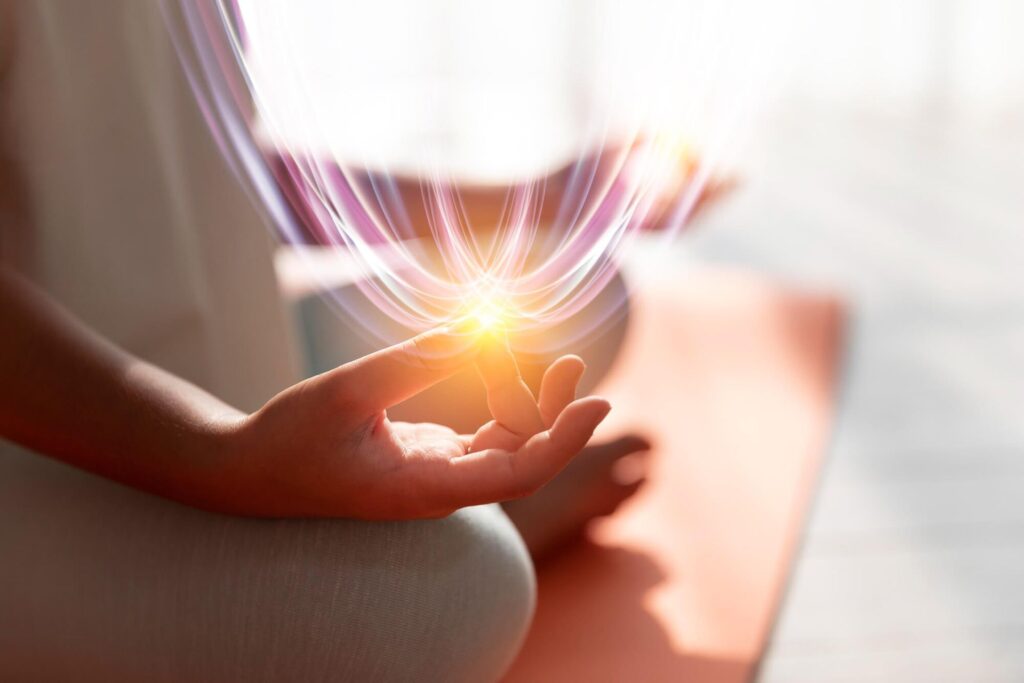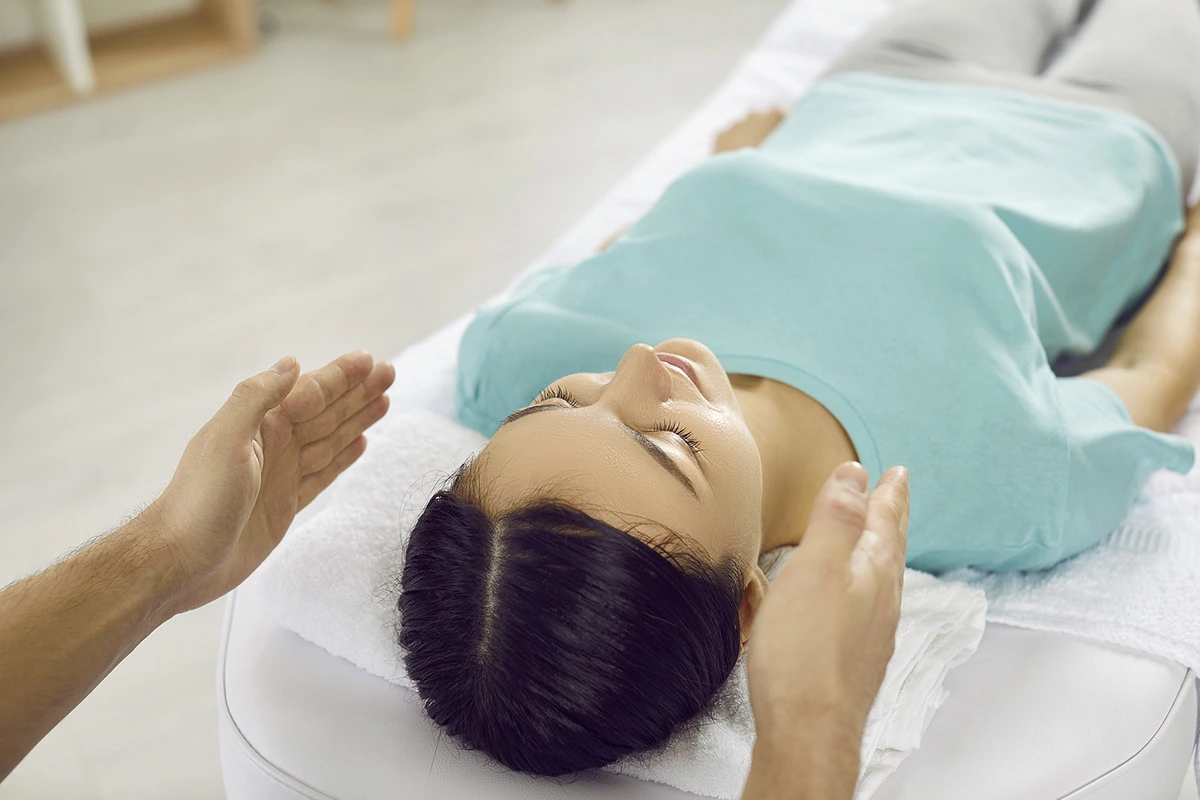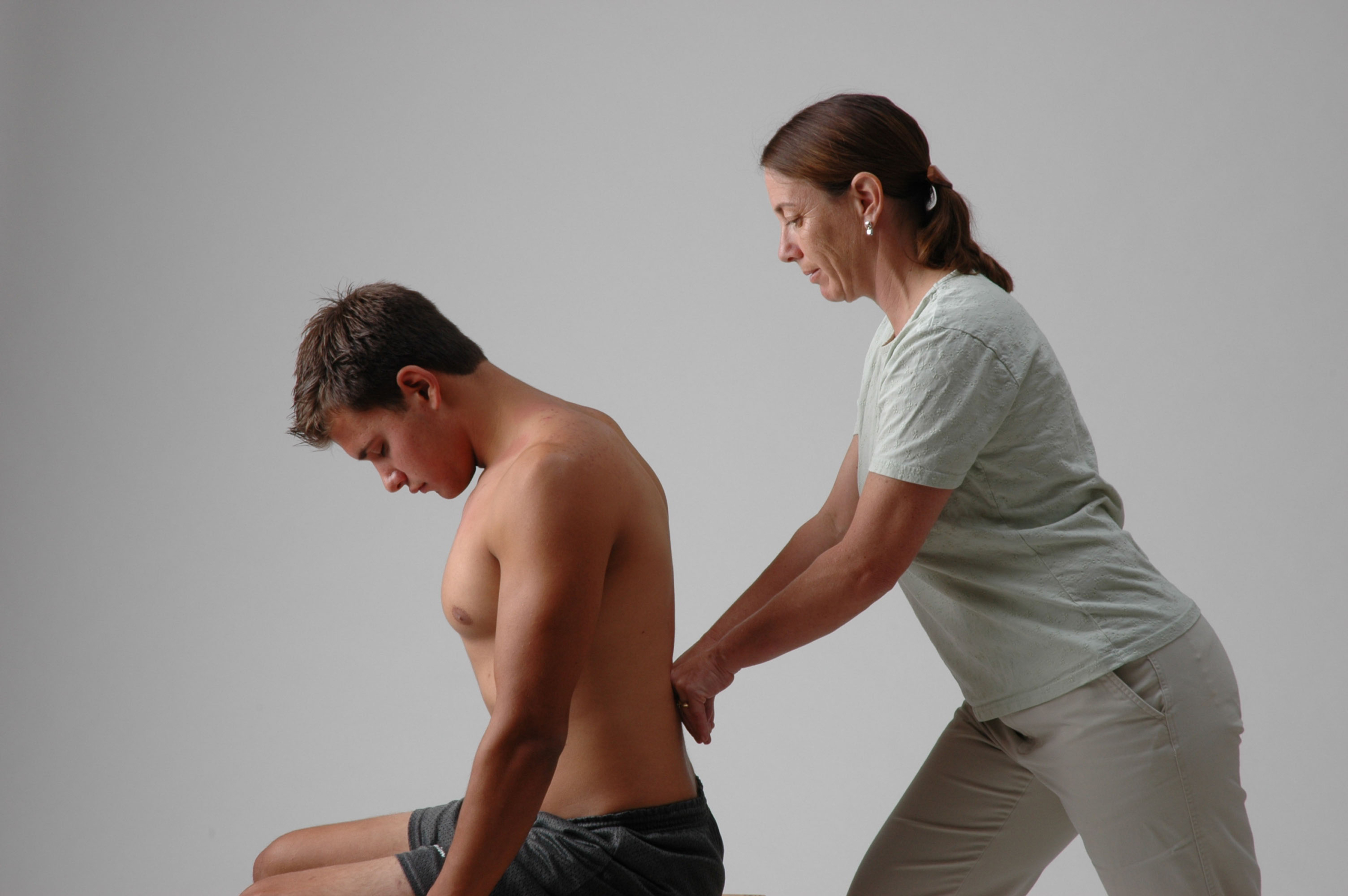Trauma can have a lasting impact on both the mind and body. Whether it’s the result of an accident, emotional stress, or chronic tension, the body often holds onto these experiences long after the initial event has passed. For many people seeking holistic, non-invasive healing methods, craniosacral therapy for trauma is emerging as a gentle yet effective option.
Craniosacral therapy (CST) is a hands-on healing approach that works with the body’s natural rhythms to relieve tension, improve mobility, and promote a deep state of relaxation. This subtle therapy focuses on the craniosacral system—composed of the membranes and fluid that surround the brain and spinal cord. By using light touch, practitioners help to release restrictions in this system, enhancing the body’s ability to heal and self-correct.
How Does Craniosacral Therapy Work?
During a session, the therapist typically uses gentle pressure—about the weight of a nickel—to assess and release restrictions in the craniosacral system. Clients often lie fully clothed on a massage table, entering a meditative state of calm. This calm state allows the body to shift out of fight-or-flight mode and into rest-and-digest mode, where deeper healing can occur.
The treatment is particularly effective for those dealing with post-traumatic stress, chronic pain, headaches, and nervous system imbalances. Craniosacral therapy for trauma release supports the body in processing and letting go of stored emotional and physical trauma, leading to greater emotional balance and physical ease.
Why Consider Craniosacral Therapy (CST) for Trauma?
When the nervous system is overwhelmed by trauma, it can become stuck in a state of hyperactivity or paralysis. This can manifest as anxiety, insomnia, fatigue, or chronic tension. Craniosacral therapy helps bring the nervous system back into balance by gently unwinding the restrictions that trauma can create. It doesn’t force the body to change, but instead provides the space and support it needs to shift organically.
Those seeking craniosacral therapy in Los Angeles will find a variety of skilled practitioners trained to help clients process trauma gently and effectively. Many practitioners also integrate other modalities, such as massage or structural integration, creating a comprehensive approach to whole-body healing.
Finding Sacral Cranial Therapy Near You
If you’re ready to explore alternative therapies for trauma recovery, searching for Sacral Cranial therapy near you is a good first step. Look for certified practitioners with experience in trauma-informed care. Always consult with your healthcare provider if you have any medical conditions or concerns before beginning new treatments.
Craniosacral therapy is not a one-size-fits-all solution, but for many individuals, it offers a powerful and nurturing pathway toward healing. Whether you’re seeking relief from physical pain or emotional wounds, CST may provide the grounding support your body needs to move forward.
In a world where trauma is all too common, allowing the body time and space to heal is essential. Through the gentle, mindful practice of craniosacral therapy, recovery is not only possible—it can be transformational.
Ready to Release Trauma? Book Your Craniosacral Therapy Session Now
If you’ve been dealing with the symptoms of trauma—whether physical, emotional, or both—it’s time to give your body the care and attention it needs. At Boone Bodyworks, we provide craniosacral therapy to recover from trauma in a secure and supportive setting that prioritizes your healing. Each session is intended to help you gradually release stored stress and restore nervous system balance.
Book your first session today and begin your journey to long-term relief and emotional freedom. Discover the incredible healing power of craniosacral therapy—your body already knows how. Let us help you get there.




